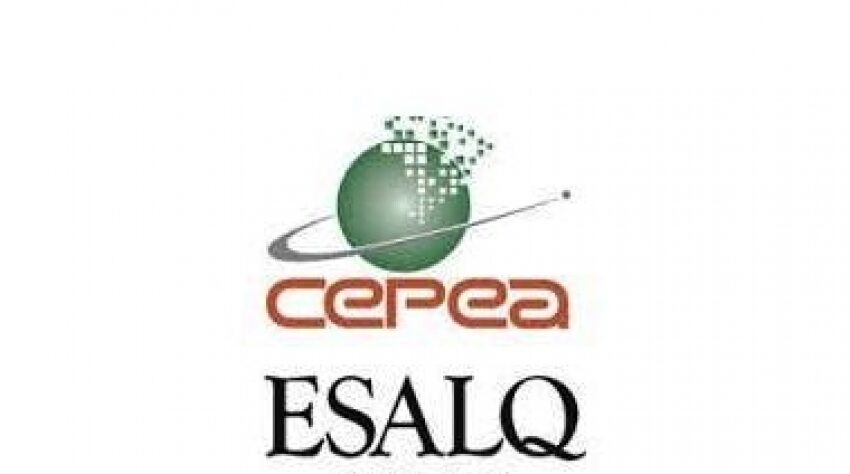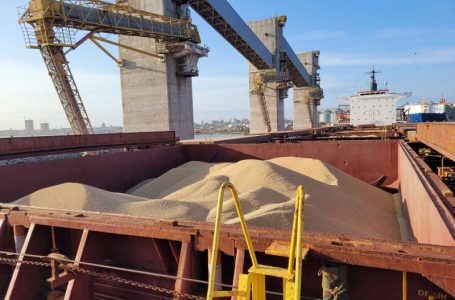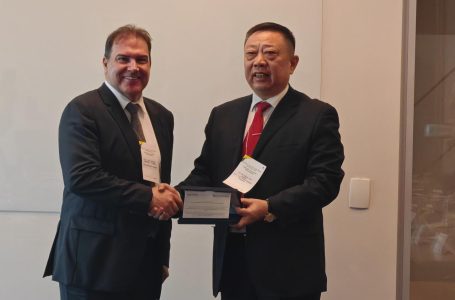Low demand and limited exports restrict rice production in Brazil

*Lucilio Alves
Professor at Esalq/USP
Researcher responsible for the Grains, Fiber and Tubers teams at Cepea
*Geraldo Barros
Scientific coordinator at Cepea
cepea@usp.br
September 30, 202
Rice ranks third in terms of area with grains and cereals in the world, behind wheat and corn. Rice is cultivated in about 120 countries, with Asians being the main producers and consumers. The proportions of production and consumption are similar for each country, with the international trade accounting for slightly over 10% of the global supply. One of the reasons that explain the relative self-sufficiency in the rice market is the fact that there are different preferences for types of the cereal among countries, with consumption focused on the type locally produced.
The global rice consumption continues increasing, but at modest rates. In Southeastern and Southern Asia, where per capita consumption is high, the diversification of diets has reduced the demand, with rice being replaced by wheat byproducts. In many African countries, the consumption of the cereal has been increasing, especially in urban areas.
In this context, countries that can generate supply surplus have difficulties with exports to increase scale and gain competitiveness. The performance in each country is mostly dependent on the domestic market or in other words, on population growth and per capita income. In Brazil, on average, the domestic demand for rice dropped 0.57% per year since 2001/02; since 2010/11, the decrease was 1.2% p.a.
Consumption and export limitations led to a sharp decrease in the area allocated for rice in Brazil. Comparing the last three seasons (2022 to 2024) with the period between 2001 and 2005, the reduction was 54.5%. Even so, the production showed an increasing trend until at least the 2010/11 crop. In the following years, despite the oscillations, there was a downward trend for supply, although not at the same intensity as the reduction in area. There was a significant increase in productivity throughout the twenty-first century, with the use of cultivars with higher yields and adjustments on farming management.
The Brazilian rice supply is concentrated in the South, especially in Rio Grande do Sul state, which also increases logistics issues to meet the demand in different regions. Brazil usually has small surplus in the international rice trade, but also has frequent imports from Paraguay, Argentina and Uruguay. In general, the volumes imported and exported are very close, with imports occurring in years of lower production and exports increasing in years of surplus.
From the early 2000s until 2009/10, Brazil was typically a small net importer, becoming a small net exporter since then. From 2001 to 2024, Brazil was a net exporter in 12 years and a net importer in 11. In these 23 years, both exports and imports of rice corresponded, on average, to 9% of the national production.
Regarding prices in the domestic market, values usually follow international quotations – International Price Parity (PPI) –, even if Brazil’s effective participation in the international rice market is not significant. Considering as references the Indica rice price Index, calculated by FAO for the international market, and the CEPEA/IRGA-RS Rice Price Index (Rio Grande do Sul State), the value in Brazil follows a trend that is close to the internalized Indica. Over the last 23 years, domestic prices were 8.8% higher than the internalized FAO Index, on average.
From 2005 to 2024, the real value of rice in Brazil, on average, remained the same, with an increase rate of 0.12% per year.
In general, the Brazilian rice production has remained relatively stable over the last 20 years, as well as real prices. The significant increase in productivity has been maintaining the domestic supply at the level of effective demand (which dropped about 10% from 2000 to 2023), compensating the reduction in area. There is definitely no need for further intervention, since it has been working efficiently, promoting exports and imports according to market conditions.







